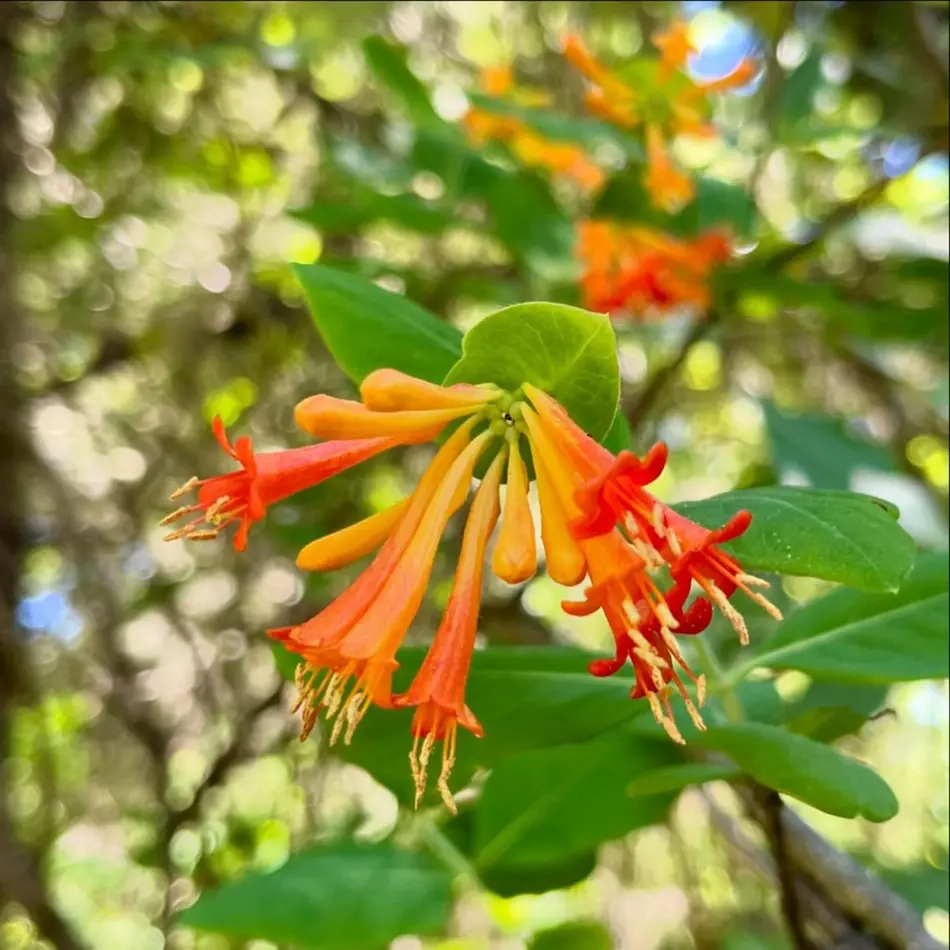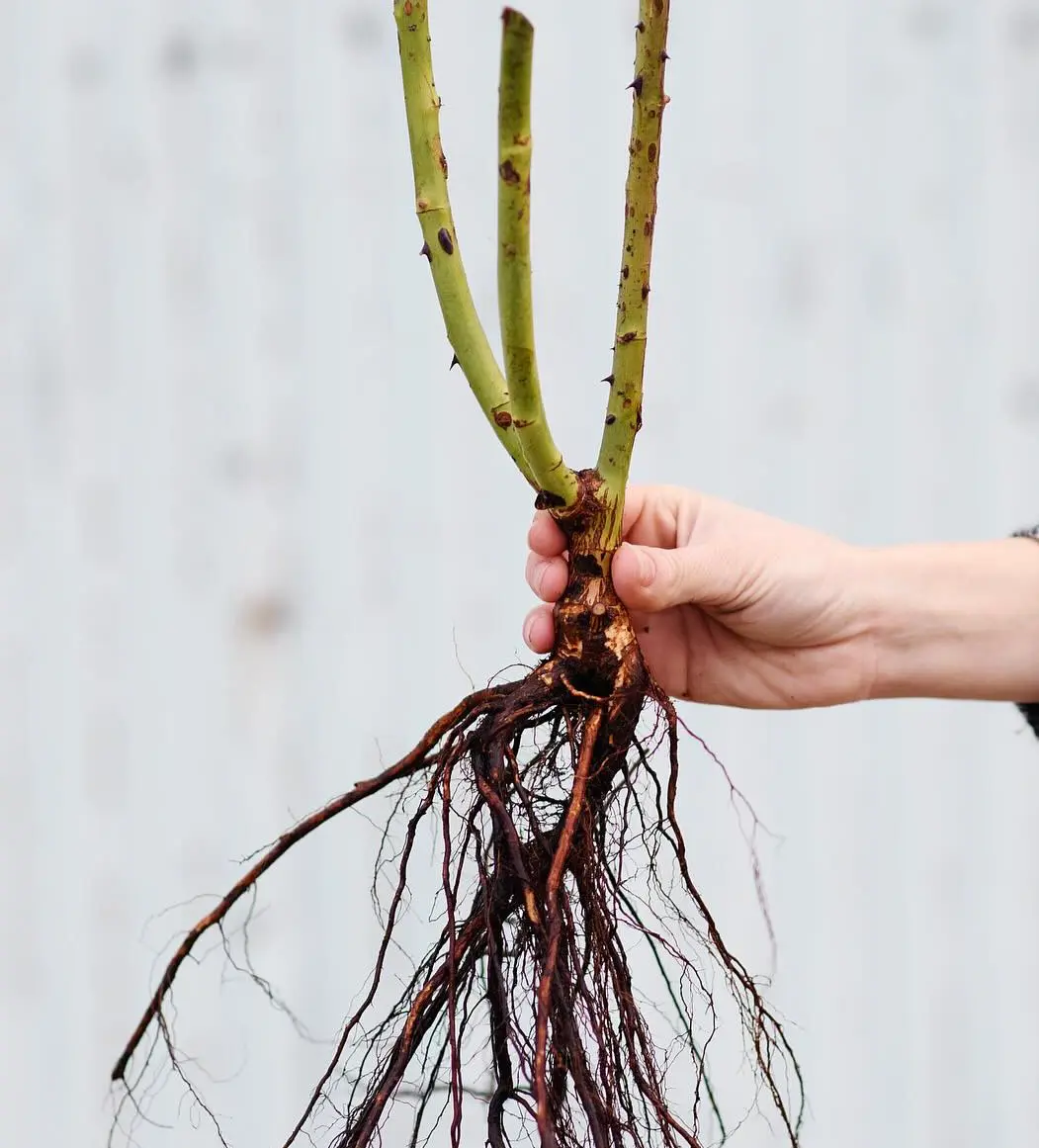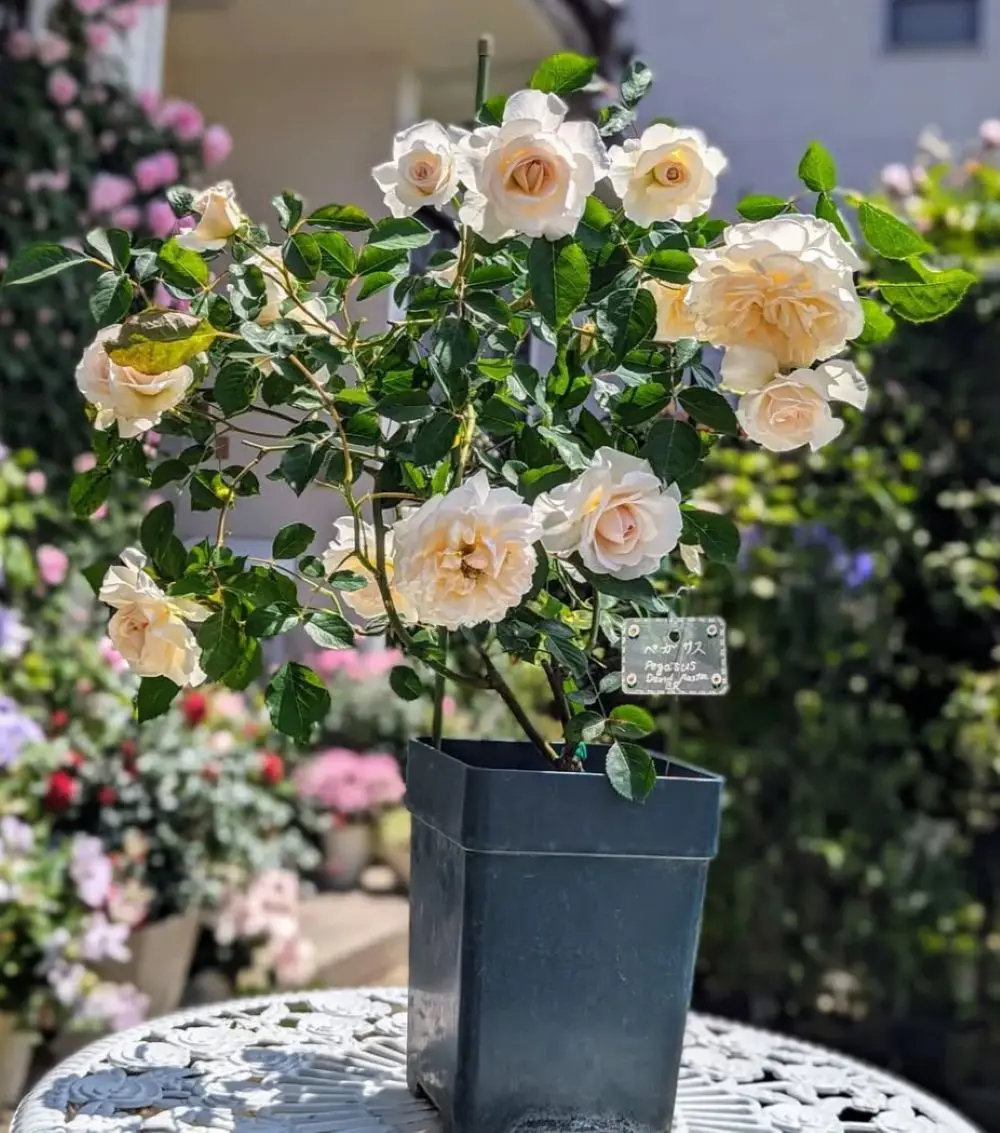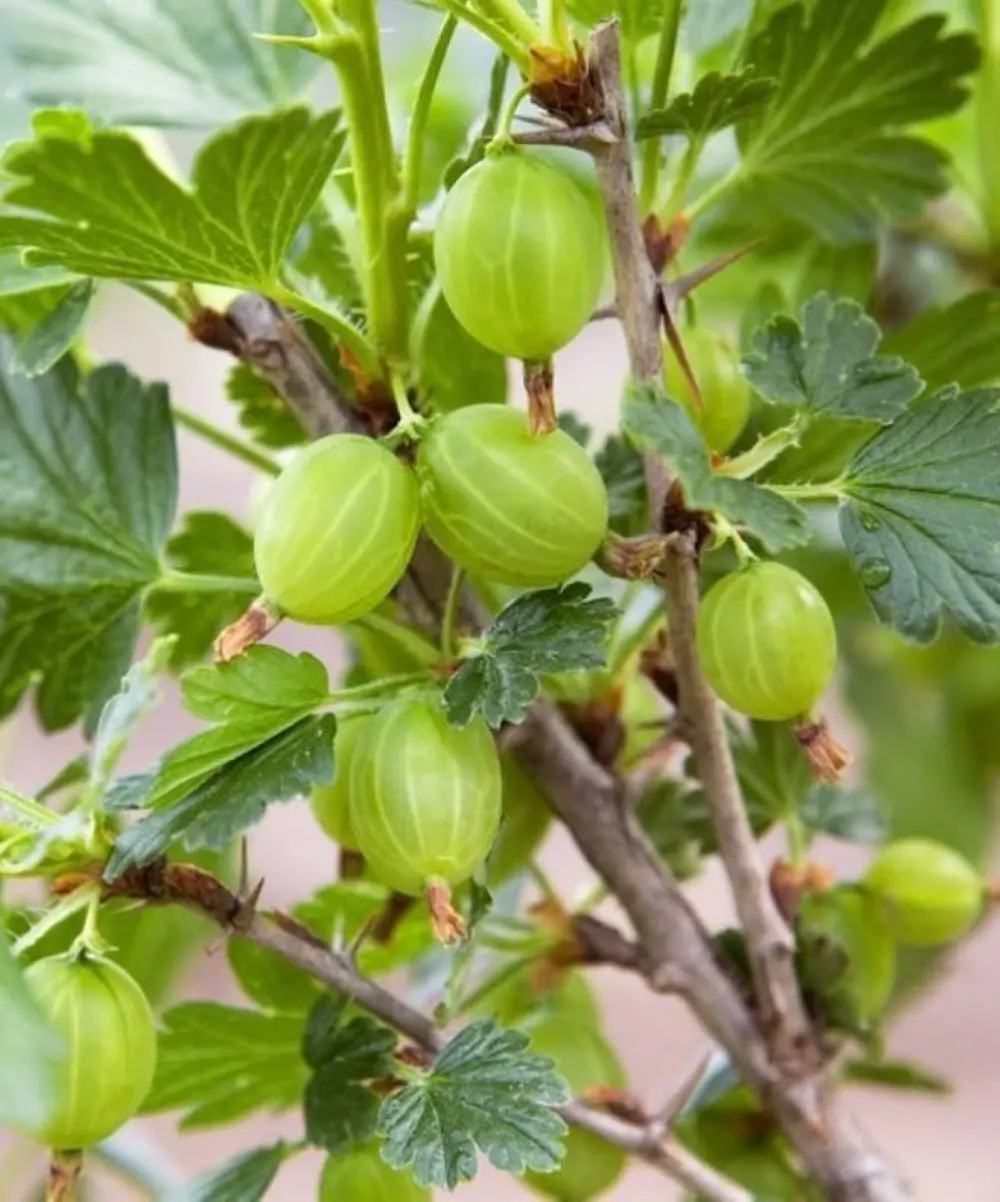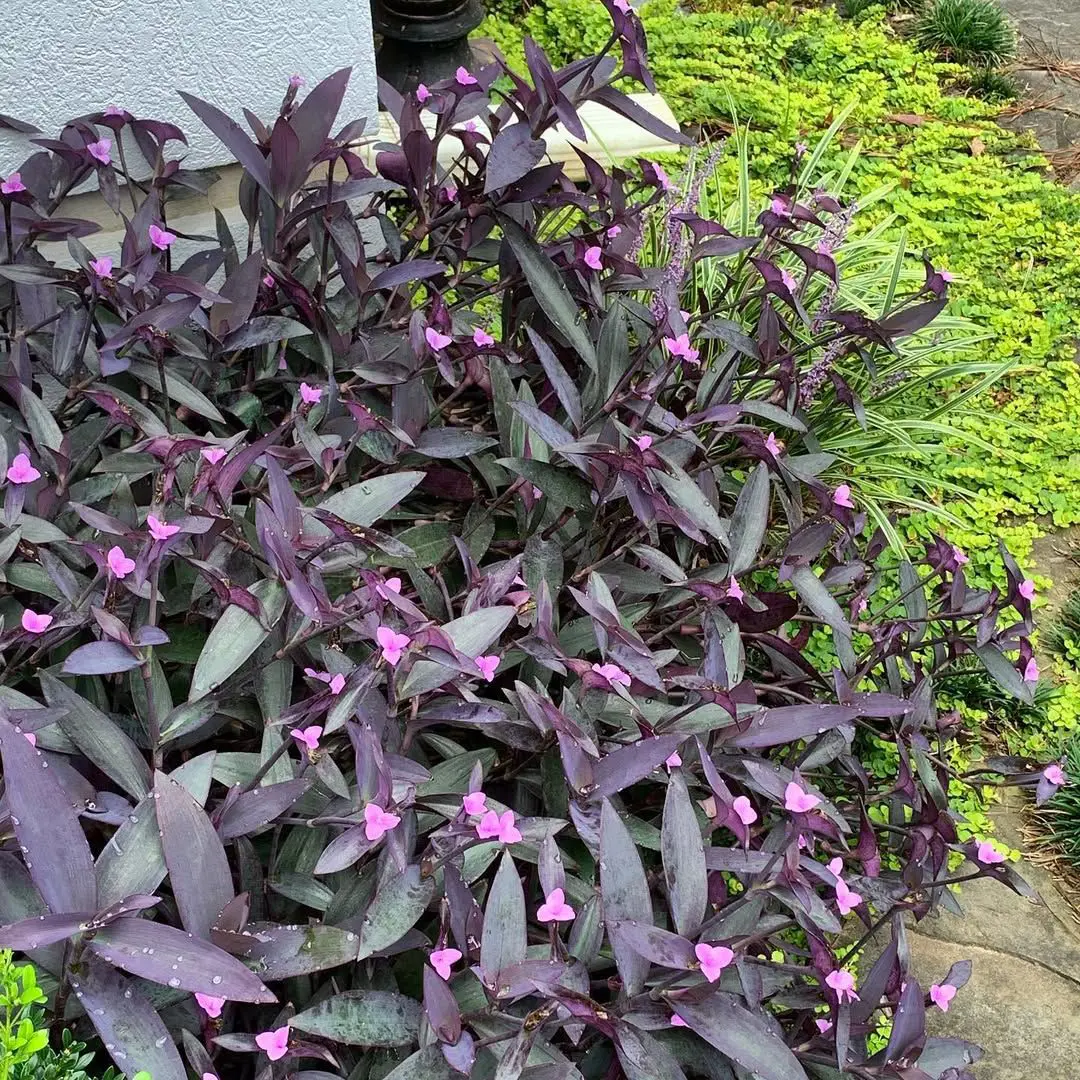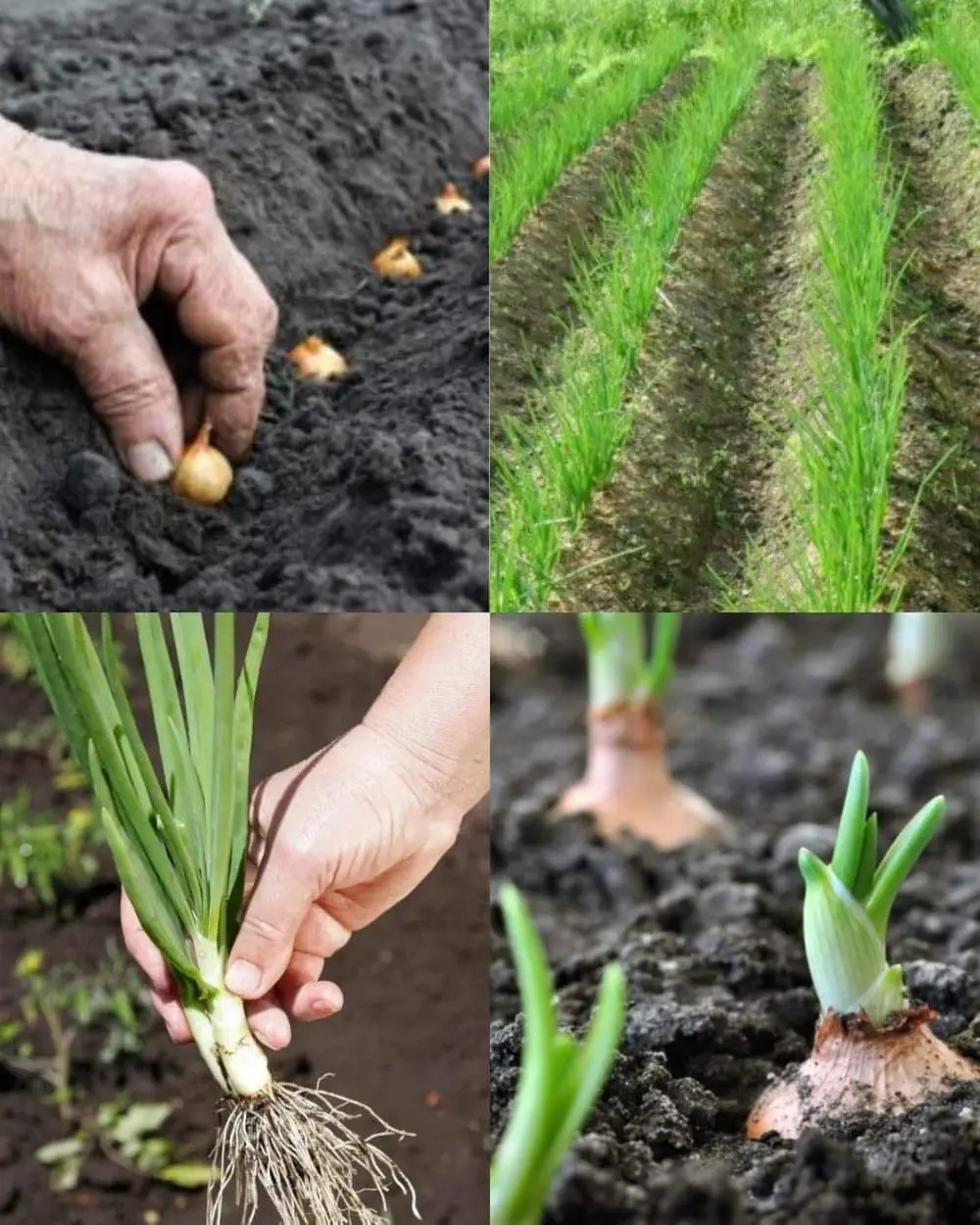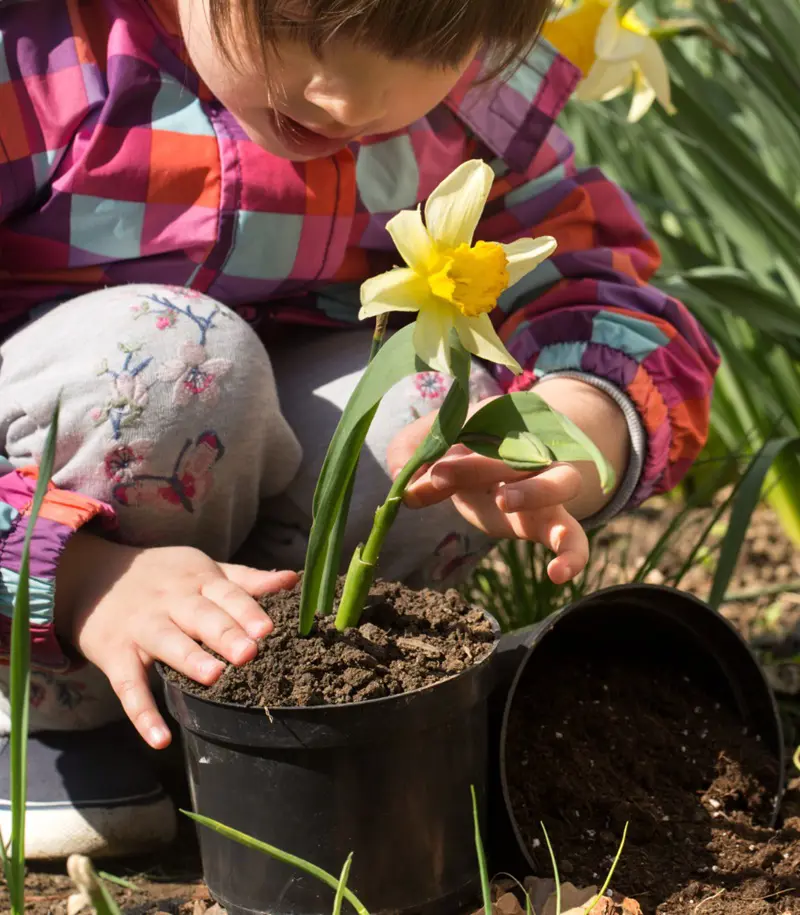Honeysuckle vines are cherished for their vibrant flowers, sweet fragrance, and ability to attract pollinators like hummingbirds and butterflies.
Whether you're an experienced gardener or a novice, learning to plant, grow, and care for honeysuckle can add a delightful touch to your garden.
his guide provides essential tips on selecting the right variety, planting techniques, and ongoing care to ensure your honeysuckle thrives, enhancing the beauty and aroma of your outdoor space.
Guide To Plant Honeysuckle Vines
Planting honeysuckle vines involves several detailed steps to ensure the plant thrives in its new environment. Here’s an expanded step-by-step guide to help you successfully plant your honeysuckle vines:
1. Choose the Right Time and Location
- Timing: The best times to plant honeysuckle are in the spring and fall when the weather is cooler, allowing the plant to establish its roots before the heat of summer or the cold of winter.
- Location: Select a site that offers full sun to partial shade. Honeysuckle vines perform best with at least six hours of sunlight each day. Ensure the location has well-draining soil to prevent root rot.
2. Prepare the Soil
- Soil Testing: Use a soil test kit to check the pH level of your soil, aiming for a slightly acidic to neutral pH of 5.5 to 8.0. Adjust the pH if necessary by adding lime to raise it or sulfur to lower it.
- Soil Amendment: Enrich the soil with organic matter such as compost or well-rotted manure. This improves soil structure, fertility, and drainage. If you have heavy clay soil, incorporate sand or grit to enhance drainage and prevent waterlogging.
3. Dig the Planting Hole
- Hole Size: Dig a hole that is twice as wide and the same depth as the root ball of the honeysuckle plant. This provides ample space for the roots to spread and establish.
- Spacing: If planting multiple honeysuckle vines, space the holes 3-5 feet apart to allow each plant enough room to grow and ensure good air circulation, which helps prevent disease.
4. Prepare the Plant
- Watering Before Planting: Water the honeysuckle plant in its container thoroughly a few hours before planting. This reduces transplant shock and makes it easier to remove the plant from the container.
- Root Inspection and Pruning: Carefully remove the plant from its container and inspect the roots. If the roots are circling the pot, gently tease them apart to encourage outward growth. Prune any damaged or overly long roots.
5. Plant the Honeysuckle
- Positioning the Plant: Place the honeysuckle vine in the center of the hole, ensuring that the top of the root ball is level with or slightly above the surrounding soil. This helps prevent the stem from rotting.
- Backfilling: Backfill the hole with the excavated soil, pressing it down gently around the root ball to remove air pockets. Water the area thoroughly to help settle the soil.
Honeysuckle Propagation
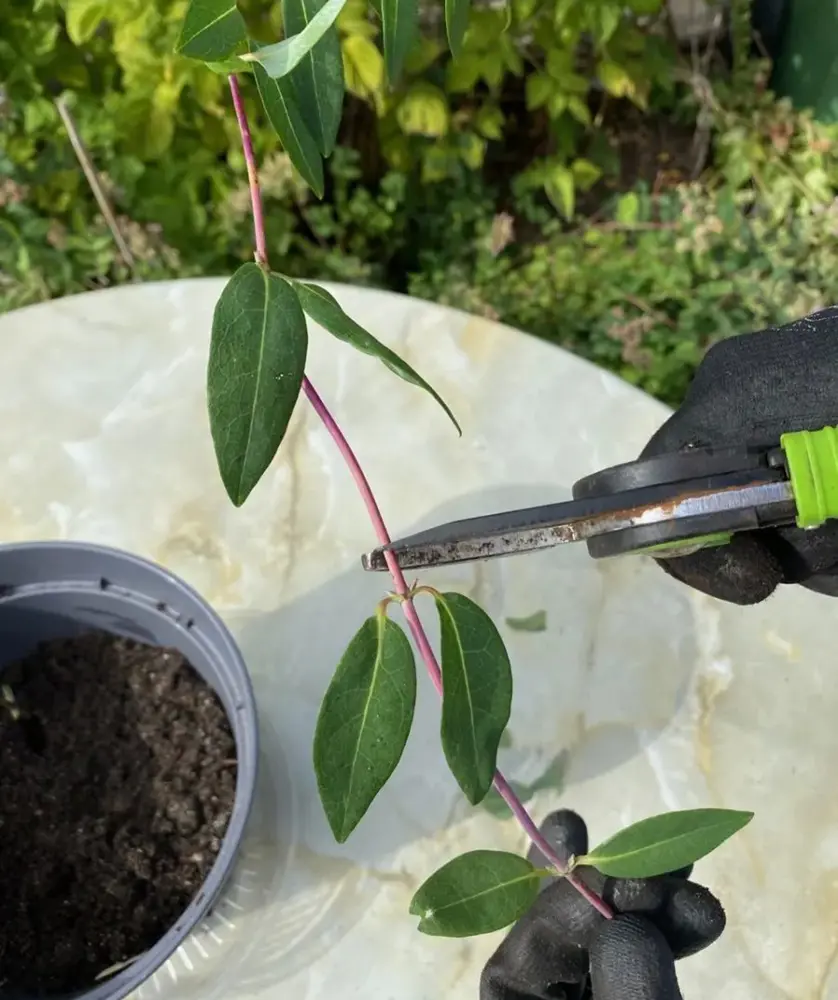
Propagating Honeysuckle from Seeds
Growing honeysuckle from seeds is a rewarding but slow process. Here’s how to do it:
- Seed Collection: Collect seeds from mature berries in the fall. Clean off any pulp and allow them to dry.
- Stratification: Honeysuckle seeds require a period of cold stratification to germinate. Place seeds in a damp paper towel inside a plastic bag and refrigerate for 6-8 weeks.
- Sowing: After stratification, sow the seeds in a seed-starting mix and lightly cover them with soil. Keep the soil moist and place the container in a warm, sunny location.
- Germination: Seeds may take several weeks to germinate. Once seedlings have a few true leaves, they can be transplanted into individual pots.
- Transplanting: Transplant young plants into the garden after the last frost, ensuring enough space to grow and a suitable support structure.
Grow Honeysuckle from Cuttings
Growing honeysuckle from cuttings is faster than seed propagation and typically more successful. Here’s a step-by-step guide:
- Select Healthy Shoots: Choose healthy, non-flowering shoots from the current season's growth.
- Cut the Stem: Use clean, sharp pruners to cut a 6-8-inch section just below a leaf node.
- Prepare the Cutting: Remove the lower leaves, leaving a few at the top.
- Dip in Rooting Hormone: Dip the cut end in rooting hormone to encourage root development
- Plant the Cutting: Insert the cutting into a pot filled with a mix of potting soil and sand or perlite. Firm the soil around the cutting.
- Provide Humidity: Cover the pot with a plastic bag or place it in a propagator to maintain high humidity.
- Water and Light: Keep the soil moist and place the pot in a bright, indirect light location.
- Root Development: Roots should develop in 4-6 weeks. Tug gently on the cutting to check for resistance, indicating root growth.
- Transplanting: Once the cuttings have established roots, transplant them into the garden in a prepared location with appropriate support.
Caring For Honeysuckle Vines
Proper care for honeysuckle vines is essential to ensure they thrive and produce their characteristic fragrant flowers. Here are detailed guidelines to help you care for your honeysuckle vines:
1. Watering
- Consistent Moisture: Honeysuckles require regular watering, especially during their first growing season to establish a robust root system. Water deeply once a week, ensuring the soil is moist but not waterlogged. During hot, dry periods, increase the frequency to maintain soil moisture.
- Mulching: Apply a 2-3 inch layer of organic mulch around the base of the plant. Mulch helps retain soil moisture, regulate temperature, and suppress weeds. Keep the mulch a few inches away from the stem to prevent rot.
2. Fertilization
- Balanced Fertilizer: Feed your honeysuckle vine with a balanced, slow-release fertilizer in early spring. Use a fertilizer with an equal ratio of nitrogen, phosphorus, and potassium (e.g., 10-10-10). Avoid over-fertilizing, as excessive nitrogen can lead to lush foliage at the expense of flowers.
- Organic Matter: Incorporate compost or well-rotted manure into the soil annually to enhance fertility and soil structure.
3. Pruning
- Annual Pruning: Prune honeysuckle vines annually in late winter or early spring before new growth begins. Remove dead, damaged, or diseased wood, and thin out overcrowded branches to improve air circulation.
- Shape and Size Control: Regular pruning helps control the size and shape of the vine, encourages new growth, and promotes more abundant flowering. Cut back overgrown vines to the desired length and remove any unwanted shoots.
4. Support and Training
- Climbing Structures: Ensure your honeysuckle vine has a sturdy support structure, such as a trellis, arbor, or fence. Regularly train the vines by gently tying new growth to the support with soft ties. This helps direct the plant's growth and prevents it from becoming tangled.
5. Pest and Disease Management
- Monitor for Pests: Common pests include aphids, spider mites, and scale insects. Inspect the vines regularly and treat infestations promptly with insecticidal soap, neem oil, or horticultural oil.
- Disease Prevention: Ensure good air circulation by spacing plants properly and pruning regularly. This helps prevent fungal diseases like powdery mildew and leaf spot. If disease occurs, remove and dispose of affected foliage to prevent spread.
6. Winter Protection
- Mulching: In colder regions, apply a thicker layer of mulch around the base of the plant in late fall to protect the roots from freezing temperatures.
- Covering: For extra protection, cover the base of the vine with burlap or a frost cloth during severe cold spells.
By following these detailed care guidelines, your honeysuckle vines will remain healthy and vigorous, providing beautiful blooms and a delightful fragrance year after year.
Types Of Honeysuckle Vines
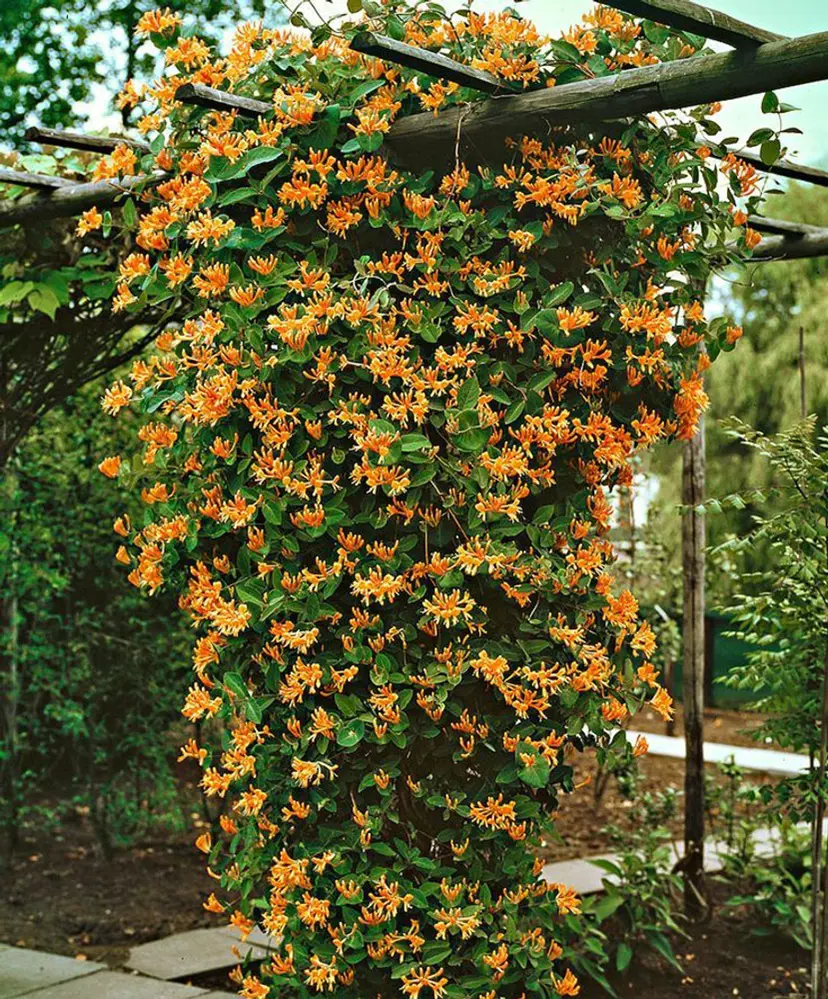
Honeysuckle (genus Lonicera) is a group of flowering plants known for their beautiful, often fragrant flowers and vigorous growth. There are over 180 species of honeysuckle, ranging from vines to shrubs. Honeysuckle vines, in particular, are popular for their ability to climb trellises, fences, and walls, creating lush, floral displays.
Choosing the Right Honeysuckle Vine
When selecting a honeysuckle vine, consider your climate, the space available, and the desired characteristics. Some popular varieties include:
Lonicera japonica: Known for its rapid growth and sweetly scented white to yellow flowers. It can be invasive in some areas, so check local regulations before planting.
Lonicera periclymenum: Produces clusters of tubular flowers in shades of white, yellow, and pink. It’s a vigorous climber and less aggressive than its Japanese counterpart.
Lonicera sempervirens: Features stunning red or coral flowers that attract hummingbirds. It's less fragrant but highly ornamental and non-invasive.
Climbing Honeysuckle
Supporting Climbing Honeysuckle
Climbing honeysuckle vines need support to grow vertically. Suitable structures include trellises, arbors, pergolas, and fences. Ensure the support is sturdy enough to handle the weight of the mature vine.
Training and Pruning
Training climbing honeysuckle involves gently tying new growth to the support structure and directing the vines as they grow. Regular pruning is essential to maintain shape, remove dead or diseased wood, and encourage more prolific flowering. Prune in late winter or early spring before new growth starts.
Trumpet Honeysuckle
Features of Trumpet Honeysuckle
Trumpet honeysuckle (Lonicera sempervirens) is known for its vibrant trumpet-shaped flowers, which are typically red, coral, or orange. Unlike some other honeysuckle species, it is not invasive and is well-behaved in garden settings.
Growing Conditions for Trumpet Honeysuckle
- Light: Full sun to partial shade. More sun generally results in better flowering.
- Soil: Well-drained soil with moderate fertility. Trumpet honeysuckle is adaptable to various soil types.
- Water: Regular watering during the establishment phase. Once established, trumpet honeysuckle is somewhat drought-tolerant.
How Fast Does Honeysuckle Grow?
Growth Rate
Honeysuckle vines are known for their rapid growth. On average, they can grow 1 to 2 feet per year under optimal conditions. Some species, like Japanese honeysuckle, can grow even faster and may require frequent pruning to keep them in check.
Factors Influencing Growth Rate
- Climate: Warmer climates typically promote faster growth.
- Soil fertility: Rich, well-drained soil supports more vigorous growth.
- Watering: Consistent moisture helps honeysuckle vines grow quickly, but overwatering can lead to root rot.
- Sunlight: More sunlight generally results in faster and more robust growth.
Honeysuckle Flowers
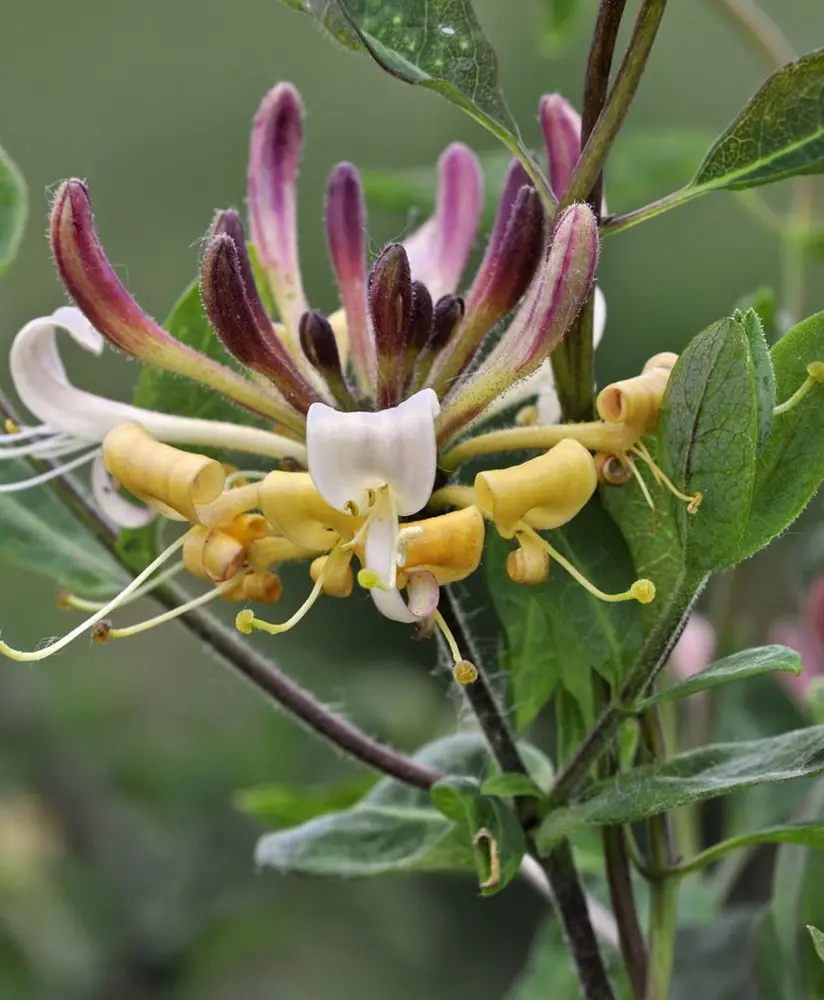
Appearance and Fragrance
Honeysuckle flowers are typically tubular and come in a range of colors, including white, yellow, pink, red, and orange. They often emit a sweet fragrance, particularly in the evening, which attracts nighttime pollinators like moths.
Blooming Season
Honeysuckle vines generally bloom from late spring to early fall, depending on the species and climate. Regular deadheading (removal of spent flowers) can prolong the blooming period and encourage more flowers.
Honeysuckle Bush
Characteristics of Honeysuckle Bush
Honeysuckle bushes, also known as honeysuckle shrubs, are compact and bushy, making them suitable for hedges or standalone ornamental plants. They share many characteristics with their vining counterparts but tend to have a more controlled growth habit.
Popular Honeysuckle Bush Varieties
- Lonicera tatarica: Known for its pink or white flowers and red berries. It can become invasive, so it's best to check local guidelines before planting.
- Lonicera nitida: Features small, fragrant flowers and is often used for topiary or hedging due to its dense growth habit.
